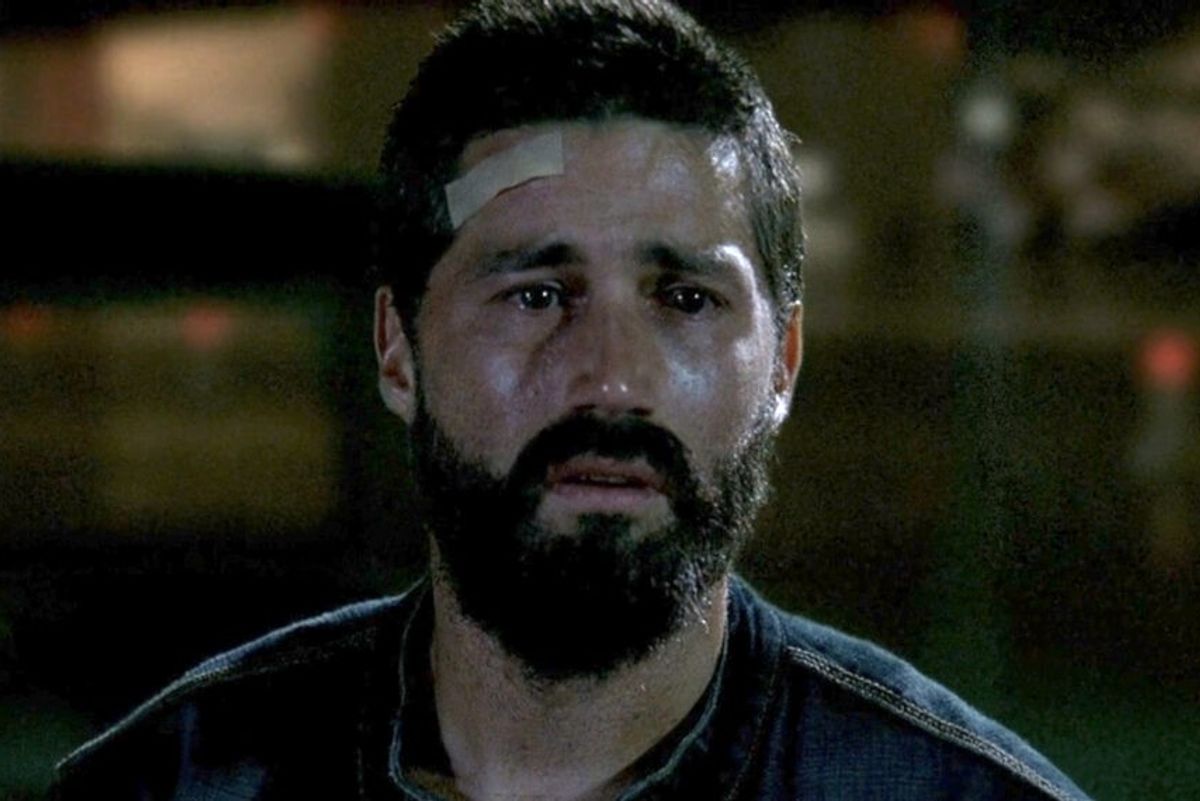
Flash-forwards are a narrative technique and plot device that has been used in film and television for decades, but they remain a powerful and often underutilized storytelling tool.
While flashbacks take us back in time to reveal crucial backstories or character development, flash-forwards propel us forward, offering a glimpse into the future, and creating anticipation and suspense.
In this article, we’ll explore the definition of flashforwards, and their purpose, and provide examples of how they’ve been used effectively in film and television.
Let’s dive in.
WHAT IS A FLASH FORWARD IN FILM?
www.youtube.com
Flash-Forward Definition
A flash-forward is a narrative device in which a story temporarily jumps ahead in time, showing events or scenes that occur in the future. Unlike linear storytelling, which progresses chronologically from beginning to end, flash-forwards disrupt the timeline by providing glimpses of what is to come. These glimpses can be brief or substantial and can serve various storytelling purposes.
Why Do Filmmakers Use Flash-Forwards?

There are lots of reasons to use this device, so let’s dive into a couple so you can brainstorm about your own specs.
- Foreshadowing: Flash-forwards are a powerful tool for foreshadowing events that will occur later in the story. By revealing a future moment or outcome, filmmakers can create suspense, intrigue, and anticipation in the audience. This heightened curiosity can keep viewers engaged as they watch to see how the depicted future unfolds.
- Dramatic Irony: Flash-forwards can create dramatic irony, a situation where the audience possesses knowledge that the characters do not. When viewers see a future event, they can experience tension and emotional investment in the narrative as they await the moment when the characters’ actions catch up to the foreseen outcome.
- Character Development: Flash-forwards can provide insight into how characters evolve or change over time. By showing a character’s future self or circumstances, the audience gains a deeper understanding of the character’s journey, motivations, and the consequences of their actions.
- Mystery: Flash-forwards can introduce narrative puzzles or mysteries that require viewers to piece together the story’s timeline. This engagement can make the storytelling more immersive and intellectually stimulating.
Flash-Forward Examples in Film and TV

There are actually a lot of these to choose from, so I went with some of the all-time great ones for this section.
- Lost: This show made extensive use of flash-forwards to create intrigue and complexity in its storytelling. In the fourth season, flash-forwards were used to show what happened to some of the characters after they escaped the island. These glimpses into their future lives added layers to the show’s mystery and character development.
- Breaking Bad : In the episode titled “Ozymandias,” this show employed a flash-forward to show the aftermath of a critical turning point in the series. This flash-forward added a sense of foreboding and intensified the suspense leading up to the event.
- Inception: Christopher Nolan’s exciting film uses flash-forwards as a central plot device. The film explores dreams within dreams, with characters experiencing different levels of reality simultaneously. These flash-forwards, or rather deeper layers of dream states, contribute to the film’s intricate narrative structure.
- The Curious Case of Benjamin Button: This film employs a unique take on the flash-forward concept by telling the story of a man who ages backward. The entire film can be considered a prolonged flash-forward as it starts with the end of Benjamin Button’s life and works its way backward through time.
Flash-forwards are a versatile storytelling device that can add depth, intrigue, and complexity to a narrative.
By offering glimpses into the future, they engage the audience’s curiosity, create suspense, and allow for character development and foreshadowing.
When used effectively, flash-forwards can elevate a film or television series, leaving a lasting impact on viewers long after the credits roll.
So go get writing!
Author: Jason Hellerman
This article comes from No Film School and can be read on the original site.
